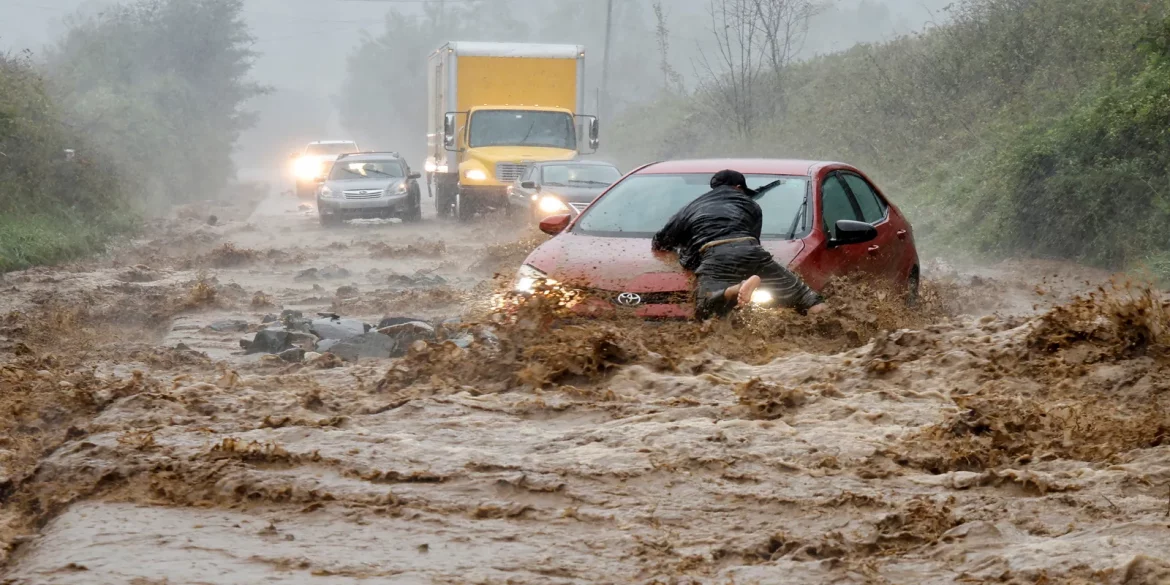At least 40 people across four states in the south-east United States have been confirmed dead after Hurricane Helene struck, causing dangerous flooding and also leaving millions without power.
The storm – which registered maximum sustained winds of 140mph – crashed ashore late on Thursday in north-western Florida as a potent category 4 hurricane. It weakened to a tropical storm and then to a depression as it moved across Georgia as well as the Carolinas on Friday afternoon, when residents whose communities experienced Helene’s peak effects more directly were only just beginning to fathom the recovery process ahead.
According to reports, the storm sparked lethal damage. At least 17 people died in South Carolina, including two firefighters who were killed when their vehicle was struck by a tree before sunrise, officials said.
Another 15 people were killed in Georgia, said Garrison Douglas, a spokesperson for the state’s governor, Brian Kemp.
Five people were killed in Florida’s Pinellas county, which includes the Tampa Bay area, with two of those deaths occurring by drowning. A number of the deaths involved trees falling on residences.
Among the dead were several children: a four-year-old girl who died in Claremont, North Carolina, in a car accident in heavy rain; and a seven-year-old boy and a four-year-old girl who died when a tree fell on their home in Washington county, Georgia.
Read also: Report: Global heating ‘doubled’ chance of extreme rain in Europe in September
Tornadoes hit some areas, including one in Nash county, North Carolina, that critically injured four people.
Authorities had predicted danger even as the storm weakened, as it continued to produce catastrophic flooding. Some areas received more than a foot of rain. Rescuers were racing on Friday to save people from the waters.
One dramatic scene in Tennessee reportedly involved more than 50 patients and staff at the state’s Unicoi county hospital, who were stranded on the roof while surrounded by rising floodwaters. Emergency vehicles were washed away as they attempted rescues, while helicopters that had initially been held back by high winds were evacuating people on Friday afternoon. The patients and staff were eventually brought to safety.
Officials in several states warned people who were stuck to await rescue crews, as floodwater could contain live wires, sewage, sharp objects and other debris. Some areas had become only accessible by boat.
At several points on Friday afternoon, officials urged residents to evacuate over concerns that local dams would not sustain the pressure. In western North Carolina, near the border with Tennessee, Rutherford county emergency officials warned residents near the Lake Lure Dam just before noon to immediately evacuate to higher ground, saying: “Dam failure imminent.”
And on Friday afternoon, North Carolina’s Cocke county mayor, Rob Mathis, warned people in the vicinity to evacuate immediately after the Walters Dam in the community of Waterville suffered a catastrophic failure. In a post on Facebook, officials later assured that there had not been a catastrophic failure at the dam, adding that the false alarm had come from the emergency management agency.
Story was adapted from the Guardian.
